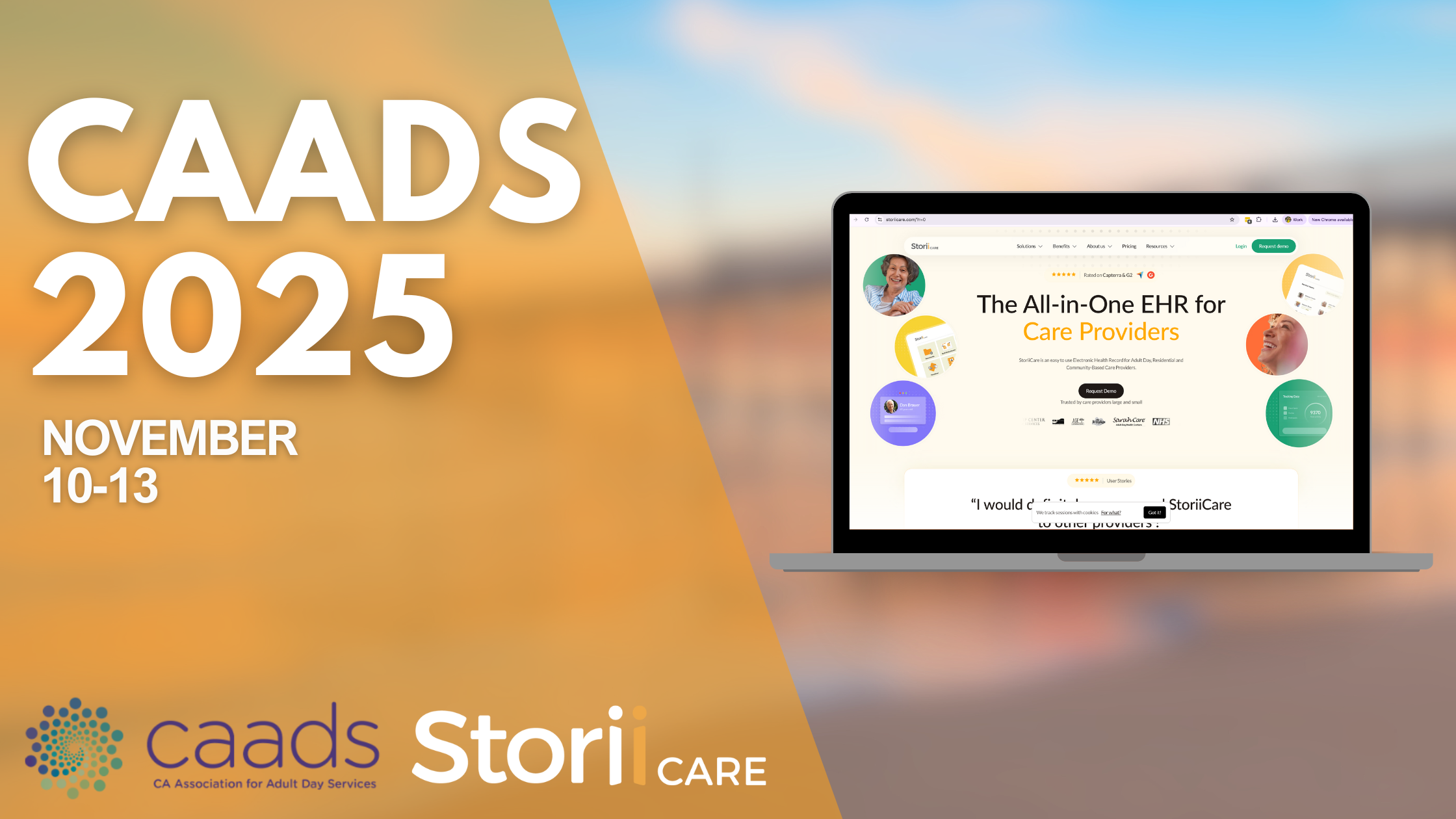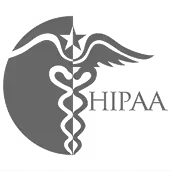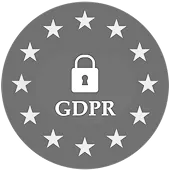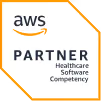It is widely accepted that the adoption of new care technology can improve a care home's CQC rating. Resistance to investing in care management software or other forms of care tech can occur for a myriad of reasons; upfront cost, digital literacy of staff, poor WiFi connection, time restraints, staff shortage, etc.
Every barrier has its merits and should be thoroughly examined. However, it is important to consider the long-term impact and return on investment that 'going digital' can bring. Technology can actually help you save money over time by:
- Reducing staff turnover
- Eliminating printing costs
- Increasing occupancy
- Evidencing quality of care provided
- Reducing the margin for workplace errors
This article will go over each of the Care Quality Commission's Key Lines of Enquiry (KLOE) and demonstrate how a digital approach can generate 'good' and 'outstanding' person-centred care.
Safe
Electronic care management systems ensure key information is updated live and easily accessible at all times
Paper systems are more susceptible to misplaced or lost documents and recording errors. Care management systems make staff aware of important notices, changes or updates in real time. Furthermore, staff and management can be alerted of overdue tasks or assessment reviews, ensuring a high-level of service user safety.
Effective
Having digital records for every service user accessible within seconds supports staff to provide the most effective care possible. Eventually, all care providers will be 'going digital'. It isn't a matter of if, but when. The sooner you begin the process of migrating data to a digital platform or using assistive technology, the sooner your staff workflows and processes will become more effective and efficient.
Caring
Care management systems save staff time on paperwork and administrative duties. Staff that use StoriiCare reported an average of 6 hours per week saved on paperwork. That time can then be spent with residents, delivering high-quality, person-centred care.
Many software providers offer a family portal. This enables those with family members in care to stay connected and updated on how they're doing. They may even be able to contribute to their loved one's care profile. This can give service users and their loved ones extra peace of mind. The enhanced communication builds trust and rapport, improving word-of-mouth referrals for your business as well.
Responsive
Telemonitoring devices can support care providers to respond to their residents' changing needs. Using technology to spot concerning patterns or identify a risk, care providers can offer help sooner and potentially prevent a health crisis. Additionally, telemonitoring can empower a patient to manage their own health condition (e.g. fall risks, heart rate, blood sugar) to some extent.
Some devices can be worn, like a vitals monitoring watch. Others can be installed in a room, such as movement sensors or voice-recognition technology that can help make adjustments for sensory disabilities. Further yet, devices like a heart rate monitor may be implanted in a person's body.
The benefit to digital care records is that they can easily be updated and shared with a patient and their next of kin, improving communication and demonstrating responsiveness to an individual's preferences and abilities.
Well-led
An investment in new technology demonstrates that you value time saved, future-proofing care provision, and improving efficiencies. Seek out an electronic care management system that generates robust analytics. Data analysis is extremely valuable and supports management to lead well by making informed, data-driven decisions. For businesses with multiple locations, this technology makes it possible to collate and compare information across services, giving a big picture overview. In these cases, it can help to support and improve consistency in the delivery of care.
Ready to take a look at a digital care management system for your business? Schedule a demo!




.png)
.png)











